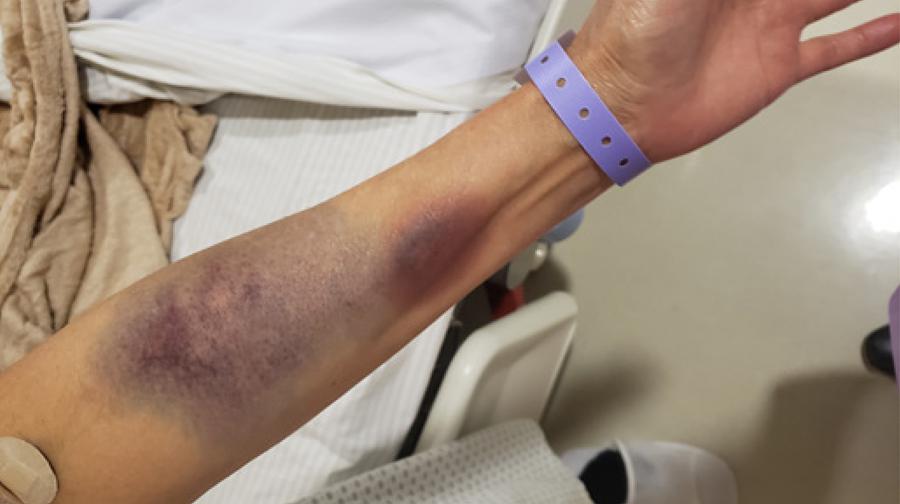Arq. Bras. Cardiol. 2020; 115(2): 278-280
The Other Side of the Coin: Risks of Media Discussions of Scientific Medical Data During the COVID-19 Pandemic
The COVID-19 declared by the WHO in March 2020 has brought about a series of changes in the population’s daily life. Social isolation measures, quarantine, and lockdown have been implemented in diverse countries around the world. The elevated number of cases, currently close to 4 million worldwide, with more than 250,000 deaths due to the disease, has led to great interest in pathology; on account of this, a revolution has occurred in the production and publication of medical data. Numerous scientific articles evaluating all aspects of COVID-19, from epidemiology to clinical presentation and potential therapeutic options, have become available to the medical community. In a little over 4 months, more than 10,000 articles have been published on this topic, and, in a never-before-seen manner, the leading medical journals have made them available in real time, free of charge.
This speed of production and this immense quantity of available data do not come without a price. Many of these articles were not submitted to adequate review of methodology; much less were they evaluated by their peers or refined over time. The need to understand COVID-19 and to search for better alternative therapies has led to an avalanche of questionable studies. The chaff has been mixed with the wheat, and medical recommendations have started to change at frightening speeds. Data with higher degrees of reliability and evidence, derived from randomized, placebo-controlled studies, are now considered too time-consuming. Case series and expert opinions have begun to guide clinical conduct, with a direct impact on clinical management of patients. Instead of indicating solutions, the flood of studies has become a problem and begun to cause confusion regarding clinical practice for managing patients with COVID-19.
[…]
1,107

